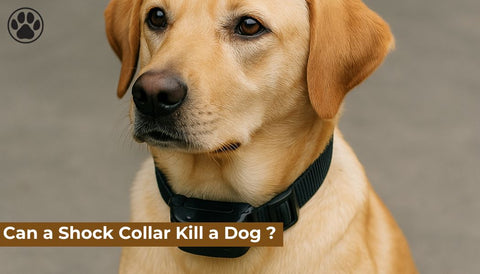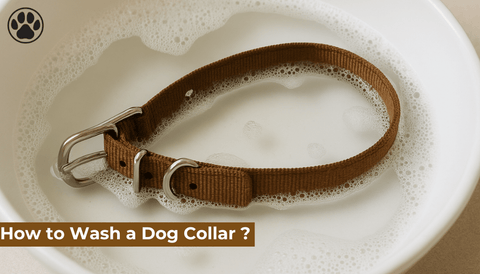
How to Draw a Dog?
of reading - words
Drawing is an incredible way to express creativity and capture the beauty of the world around us, including our beloved furry friends. Whether you’re an aspiring artist or someone looking to try a new hobby, learning how to draw a dog can be a rewarding experience. Dogs come in all shapes, sizes, and breeds, offering endless possibilities for artistic interpretation.
In this comprehensive guide, we’ll take you through a step-by-step process to draw a dog, covering essential tools, techniques, and tips for creating realistic and stylized drawings. By the end of this tutorial, you’ll be equipped with the skills to draw a dog that reflects your unique artistic style.
Tools You’ll Need to Draw a Dog
Before starting your dog drawing, gather the following tools:
-
Pencil: A soft graphite pencil (e.g., 2B or 4B) for sketching.
-
Eraser: A kneaded eraser or regular eraser for corrections.
-
Paper: Sketching paper or any smooth surface suitable for drawing.
-
Ruler: For creating guidelines and proportions.
-
Blending Tools: A blending stump or tissue for shading.
-
Optional: Colored pencils, markers, or paints for adding color.
Step 1: Understanding Dog Anatomy
To draw a dog realistically, it’s essential to understand basic canine anatomy. Familiarize yourself with the following key areas:
-
Head: Includes the skull, muzzle, ears, and eyes.
-
Body: Composed of the chest, abdomen, and back.
-
Legs: Front and hind legs with visible joints like the elbows and knees.
-
Tail: Varies in length and shape depending on the breed.
-
Fur: Can be short, long, or curly, influencing texture and shading.
Study reference images of dogs to observe how these features differ across breeds.
Step 2: Sketching Basic Shapes
Begin your drawing by sketching simple geometric shapes to outline the dog’s structure:
-
Draw a large oval or circle for the body.
-
Add a smaller circle for the head, overlapping slightly with the body.
-
Sketch two triangles or rounded shapes for the ears.
-
Use lines to indicate the neck, legs, and tail.
-
Add smaller ovals or circles for the joints and paws.
These shapes serve as a framework, helping you maintain accurate proportions.
Step 3: Refining the Outline
Using your initial sketch as a guide, refine the dog’s outline:
-
Add curves to define the neck and torso.
-
Shape the legs with smooth lines, connecting the joints.
-
Outline the tail, adjusting its length and position based on your reference.
-
Focus on the head, detailing the muzzle, ears, and eyes.
Keep your lines light and avoid pressing too hard, as you may need to erase or adjust later.
Step 4: Adding Facial Features
The face is the focal point of your dog drawing, so take your time with this step:
-
Eyes: Draw two almond-shaped eyes, adding highlights for a realistic look.
-
Nose: Sketch a rounded triangle for the nose, shading lightly for depth.
-
Mouth: Draw a curved line beneath the nose to represent the mouth.
-
Ears: Refine the ears, ensuring they match the breed’s characteristics (e.g., floppy, pointed, or cropped).
Step 5: Detailing the Fur
Fur texture is essential for making your dog drawing look realistic. Use these tips:
-
Short Fur: Use short, overlapping strokes to mimic the texture.
-
Long Fur: Draw flowing, curved lines to represent longer strands.
-
Curly Fur: Create small, circular strokes for curly coats.
-
Shading: Add shading to areas where the fur is denser or overlaps, such as around the neck, chest, and legs.
Step 6: Shading and Adding Depth
Shading adds dimension to your drawing, making it appear three-dimensional:
-
Identify the light source in your drawing.
-
Shade areas that would naturally be in shadow, such as under the legs, chin, and tail.
-
Use a blending stump or tissue to soften transitions between light and dark areas.
-
Add fine details like whiskers and fur highlights for a polished look.
Step 7: Incorporating Backgrounds (Optional)
If you want to add a background to your drawing, keep it simple to avoid overshadowing the main subject. Consider:
-
A park or backyard setting.
-
A cozy indoor environment.
-
A plain gradient background for a minimalist look.
Tips for Drawing Specific Dog Breeds
Each dog breed has unique features that influence how you draw them. Here are some examples:
1. Labrador Retriever: Focus on their broad head, floppy ears, and short fur.
2. German Shepherd: Highlight their pointed ears, bushy tail, and muscular build.
3. Poodle: Emphasize their curly fur and elegant posture.
4. Dachshund: Capture their long body and short legs.
Study reference images to understand the defining traits of each breed.
Advanced Techniques for Experienced Artists
For those looking to take their dog drawing skills to the next level:
-
Experiment with Colors: Use colored pencils or watercolors to bring your drawing to life.
-
Focus on Expressions: Capture the dog’s personality through facial expressions and body language.
-
Play with Perspectives: Try drawing dogs from different angles, such as a side view or a top-down perspective.
Frequently Asked Questions (FAQ)
1. What is the easiest dog breed to draw for beginners? Breeds with simple features, like Labradors or Beagles, are ideal for beginners due to their smooth coats and straightforward anatomy.
2. Can I use a photo of my dog as a reference? Absolutely! Using a photo of your dog is a great way to practice and personalize your drawing.
3. How can I improve my shading skills? Practice shading techniques on separate sheets of paper. Experiment with different pressure levels and blending tools to achieve smooth gradients.
4. Should I draw with a pencil or pen? Start with a pencil for sketching and shading. Pens can be used for final outlines or stylized drawings.
5. How long does it take to learn how to draw a dog? The time it takes depends on your skill level and dedication. With regular practice, most beginners can create recognizable dog drawings within a few weeks.




